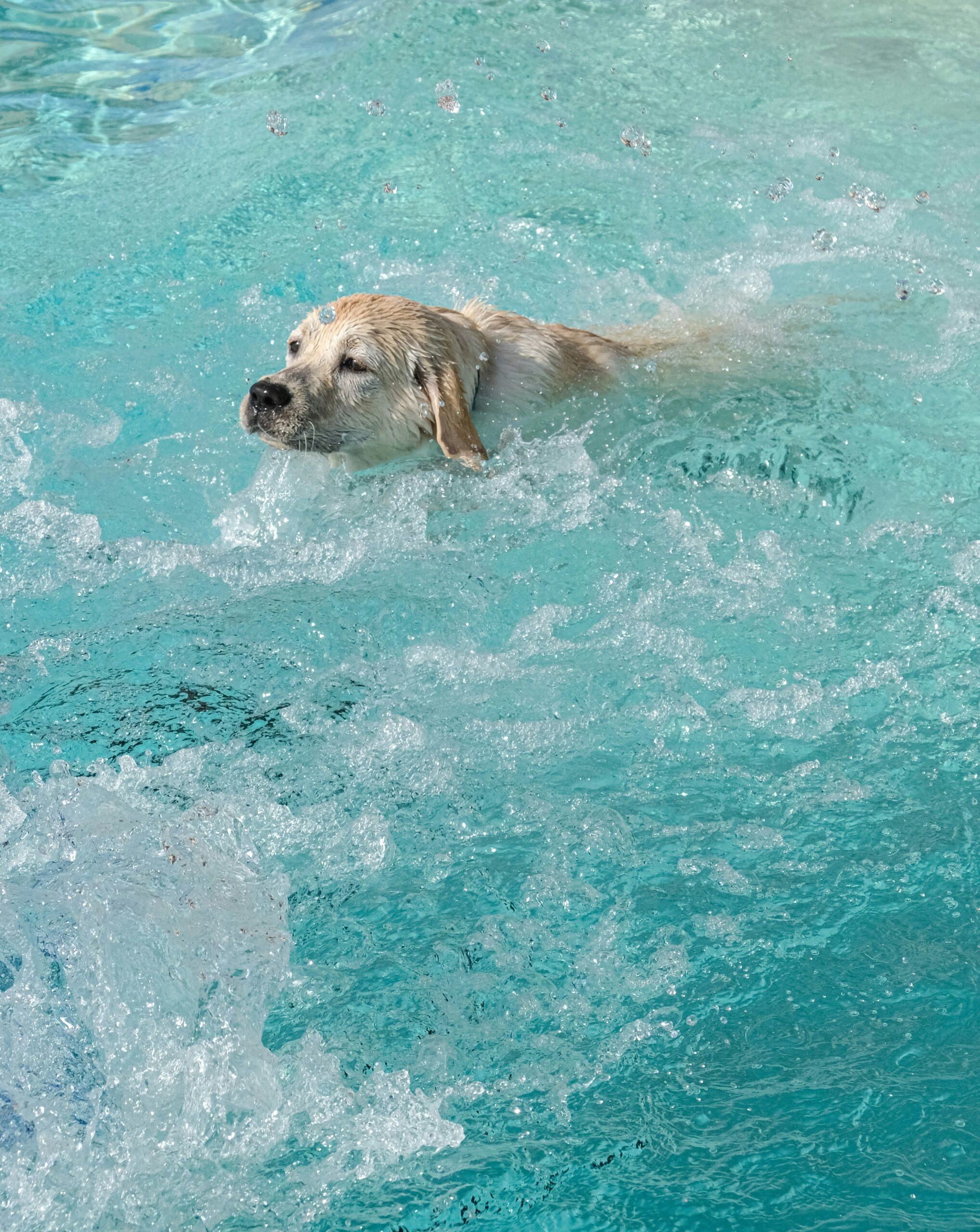Over the years, interest in hairless dog breeds has experienced a remarkable increase. These fascinating creatures not only stand out for their unique appearance, but also for the specific care they require. Let's delve into the world of these exotic breeds and find out what care provides a healthy and happy life for these unique companions.
Introduction to hairless dog breeds
Hairless dogs have been present in various cultures since ancient times. Each of these breeds has its own history, linked to different regions of the world, and their particular genetic evolution has given rise to canines with remarkable characteristics that capture the attention of many dog lovers.
Brief history and origin of hairless dogs
Among ancient civilizations, such as the Aztecs and Peruvians, these breeds were seen as sacred animals. For the most part, they were used not only as pets but also for therapeutic purposes. The genes responsible for the absence of hair have been part of their evolution for thousands of years, favoring their adaptation to the warm environments of their native regions.
Main hairless dog breeds
Peruvian hairless dog
Native to the warm, coastal regions of Peru, this dog is known for its soft, velvety fur. They are excellent companions and are known for their loyalty.
Xoloitzcuintle
Also called "Xolo", this Mexican dog is one of the oldest breeds on the continent. Xolos are known for their intelligence and their need for constant human interaction.
Chinese Crested
Famous for its mane on the head and distinctive lack of hair, the Chinese Crested is a breed that combines grace and energy. They are ideal for households that enjoy active living.
American Hairless Terrier
Born in the United States, these terriers are known for their agility and playful spirit. Their qualities make them excellent companions for dynamic families.
Essential care for hairless dogs
Caring for a hairless dog requires a different approach compared to other breeds. Lacking the natural protection that fur provides, these canines require special attention in several areas. It is crucial to recognize and respect these needs to ensure their well-being and quality of life.
Skin protection and dermatological care
The skin of hairless dogs is particularly sensitive. Here are some essential tips for their care:
- Apply sunscreen to protect from harmful UV rays.
- Constant hydration using appropriate lotions to prevent the skin from drying out.
- Regular baths with mild products to maintain hygiene without irritating the skin.
Climate and temperature considerations
Lacking a natural coat, hairless dogs are more susceptible to extreme temperatures:
- In cold climates, it is advisable to wear appropriate clothing to maintain body heat.
- During the summer, we offer shelter from direct heat and constantly provide cool water.
Advantages and disadvantages of having a hairless dog
As with all breeds, owning a hairless dog comes with its own set of pros and cons. Understanding these aspects is vital for those considering incorporating one of these canines into their lives.
Health and allergies
A significant advantage is that they produce less dandruff, which may be ideal for allergy sufferers. However, they require constant monitoring to avoid dermatological problems.
Personality and behavior
Hairless dogs tend to be affectionate and enjoy human companionship. Their nature leads them to be protective and attentive, attributes that can strengthen the bond with their owners.
Additional tips for owners of hairless dogs
If you have decided to include a hairless dog in your household, here are some additional tips that might be helpful:
- Regular visits to the veterinarian to prevent and detect possible health problems early.
- Maintain a balanced diet appropriate to their specific energy needs.
Hairless dogs offer their owners a unique experience full of character and unconditional love. Adopting one of these canines can be a rewarding decision, as long as you are committed to providing the care and attention they need.



